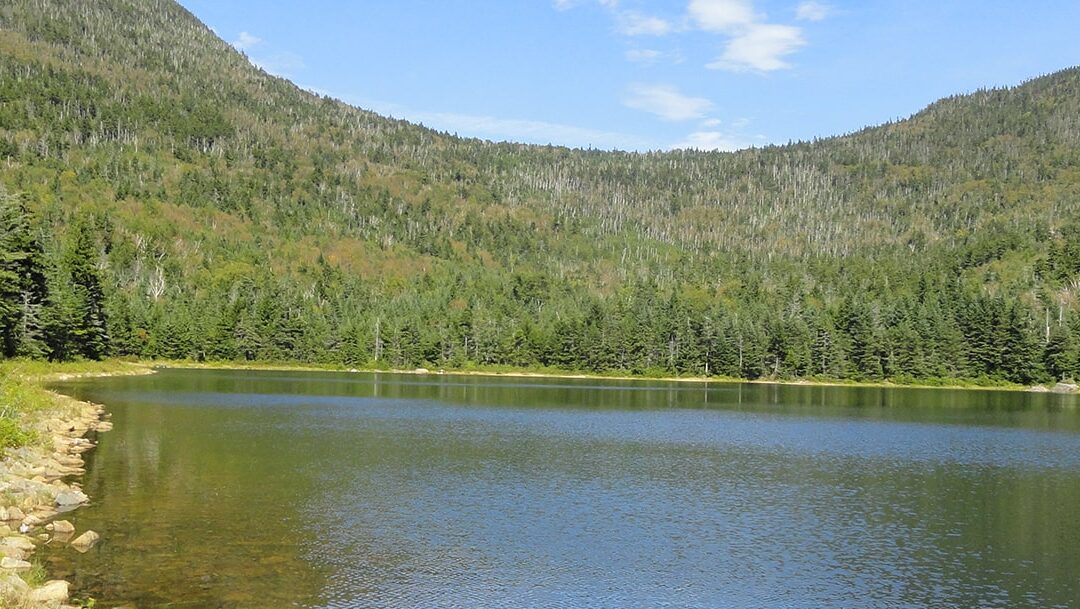Well it is black mold, but it isn’t THE black mold that you think it is. The black mold you are referring to is STACHYBOTRYS CHARTUM.
In 1993 there was a story in Cleveland Ohio about infants dying from pulmonary hemorrhage and hemosiderosis. This was apparently caused by the introduction from the heating system of a mold called “STACHYBOTRYS CHARTUM” known today as the black mold. The hot air heating system return was located in the basement. The basement had water damage and the sheetrock in the basement grew mold. The mold spores were drawn into the system and distributed throughout the home via the supply ducts.
DEF: Stachybotrys is a slow growing, dark mold that grows well on cellulosic (paper-containing) building materials. It can produce a number of different macrocyclic trichothecenes which have been described as being toxic to humans and animals.
Stachybotrys is bigger than other molds, usually around 5.7 microns. (A micron is a millionth of a meter.) It is thick (think of tar), and it looks a little like shoe polish. It is aggressive and will dominate other molds. It is not readily airborne and is typically brought into the house on the bottom of your shoes. Typical mold spores are about 3.5 microns. To put that into perspective a human hair is about 75 microns thick. Cat and dog allergens along with dust mites are in the 0.3 to 1 micron range. Bacteria and lead dust are in the 1-3 micron range and skin flakes and pollen come in at around 3-10 microns.
Back to your problem, mold on the attic sheathing. Typical black mold in the attic, CLADOSPORIUM, (0.84-0.88%) is usually caused by vapor migration from the living space below (known as AW or water activity.) ALTERNARIA (0.89%) is typically from bath fans venting into the attic and ULOCLADIUM (also 89%) is typically caused by water leaks from around chimney and vent pipe flashing’s. I have never found stachybotrys growing on plywood. It simply isn’t the right substrate for encouraging this type of mold growth.
I say typically because attics seem to suffer from “all of the above.” It is usually a combination of vapor migration and under performing ventilation systems that allow mold to grow on the substrate (attic sheathing, plywood or boards.)
Mold cannot grow without water. Solve the water problem and you will solve the mold problem.
